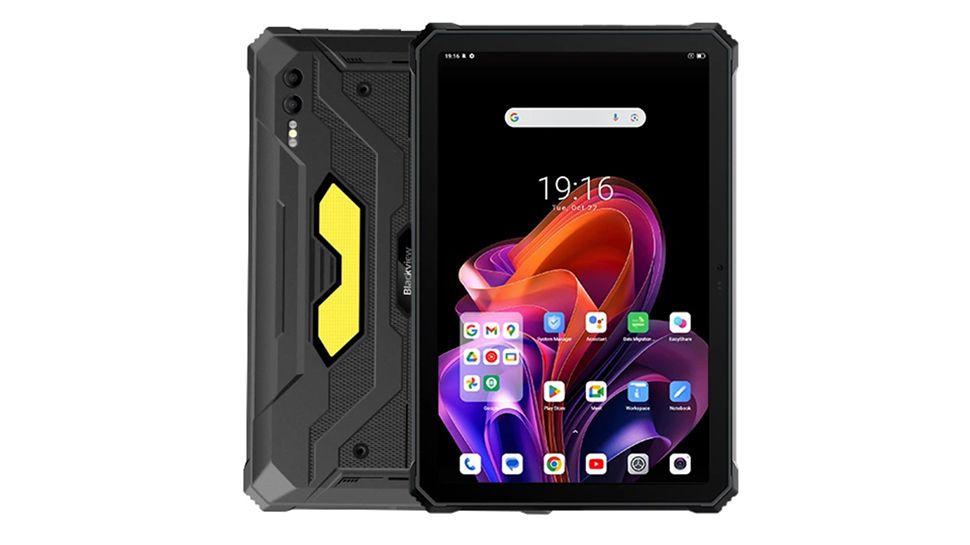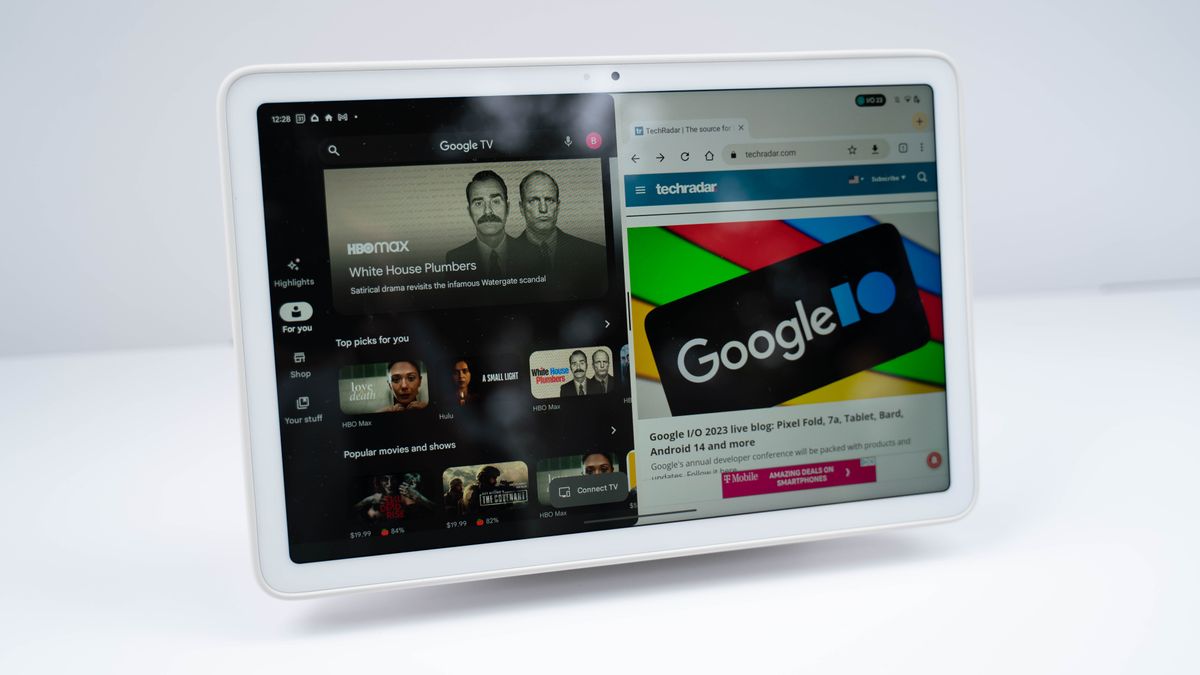Spotify has long been considered the best music streaming service thanks to its extensive music library, user-friendly interface, smart recommendations and sleek design. However, the music streaming space has changed since Spotify launched in 2008. Since then, rivals have upped their game and launched new products catering to different listeners. Although Spotify is still our top choice for most people, services like Tidal, Apple Music, and Qobuz offer compelling alternatives tailored to specific needs. So, how do you choose the best music streaming service for you?
I’ve spent the past few months testing out the best music streaming services for our reviews, like our Tidal review and Spotify review. This has given me a good insight into the nuances of what each service offers, from sound quality and recommendations to functionality and user experience. With that in mind, here are some of my thoughts that should help you choose the best music streaming service for you based on your preferences and listening habits.
1. Most music streaming services are very similar
Before we get into the unique features of the best music streaming services, let’s acknowledge their similarities. Fundamentally, they all do the basics well. Nearly all offer a vast library of around 100 million tracks and capabilities to save tracks, albums, and artists and create personalized playlists. They also provide music recommendations and generate custom playlists. They even look similar with a grid-like layout and a mostly monochrome color scheme.
This is useful for anyone who can’t decide which of the best music streaming services is right for them. Essentially, you can’t make a wrong choice at a basic level – all the leading services offer a similar experience. It also means that if a specific feature or benefit draws you in, like a discount with Amazon Prime or a preference for Apple products, there’s no need to overthink it. Let these factors guide your decision because they’re similar in every other way.
2. Spotify is the best at music recommendations
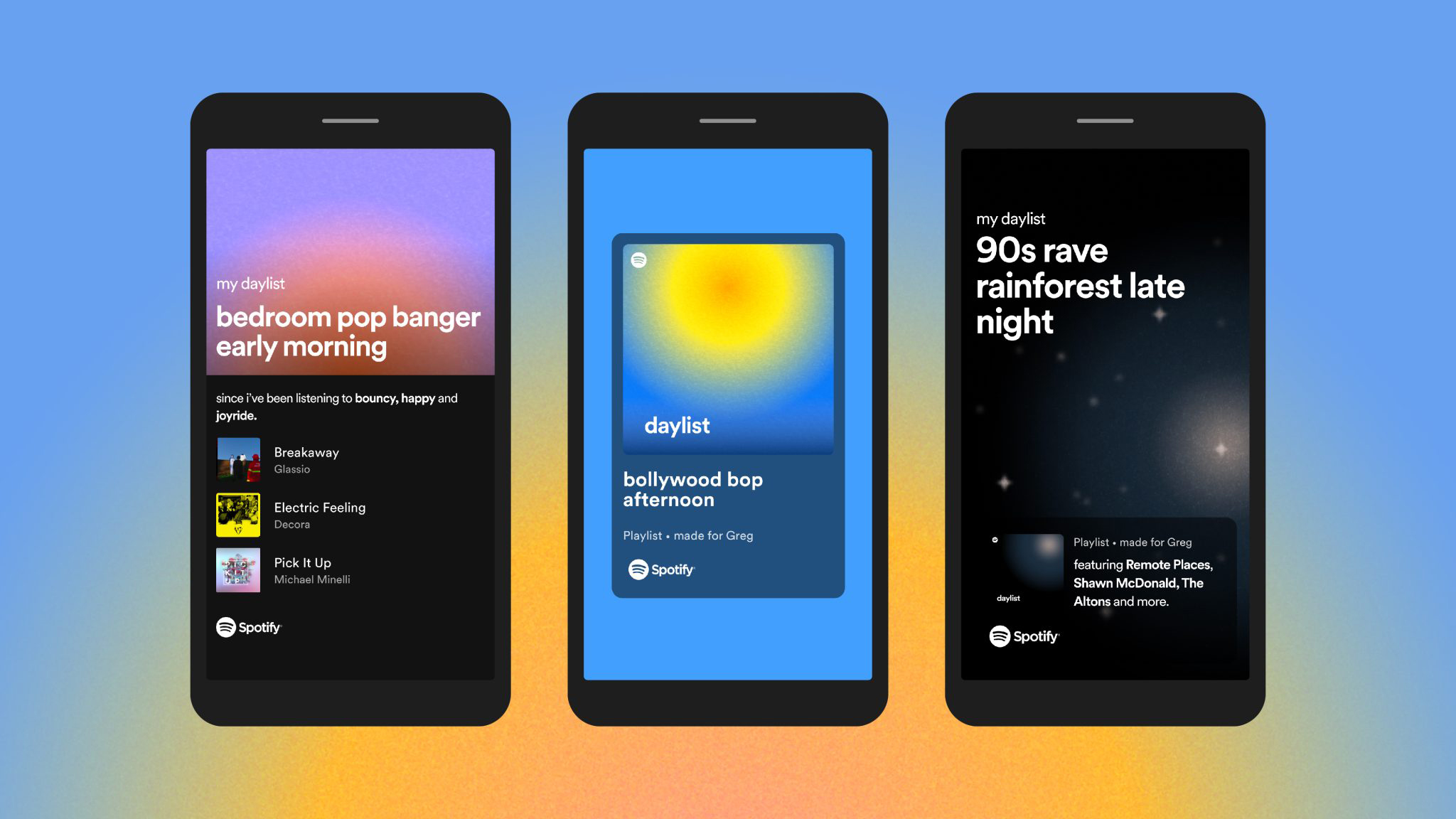
During my testing, I was pleasantly surprised by how well all the top music streaming services adapted to my musical tastes. I found Tidal and Apple Music’s suggestions impressive, but Spotify remains the leader in recommending new tracks and music. It consistently delivered a mix of favorite tunes and fresh recommendations in all its playlists, meaning I was never at a loss for what to listen to next.
Granted, I have been using Spotify the longest. This means there could be some bias in my testing of the recommendation engine. But even if I’d just started using it, the range of recommendations is really robust, especially when compared to others. What I appreciate most is how Spotify’s recommendations adapt to my changing preferences, which other services often struggle to match.
That’s why, although I love so many of Spotify’s recommendations, I use Daylist the most. This playlist updates constantly, changing throughout the day, and its creatively named playlists only add to the fun.
3. Tidal and Qobuz deliver the best sound
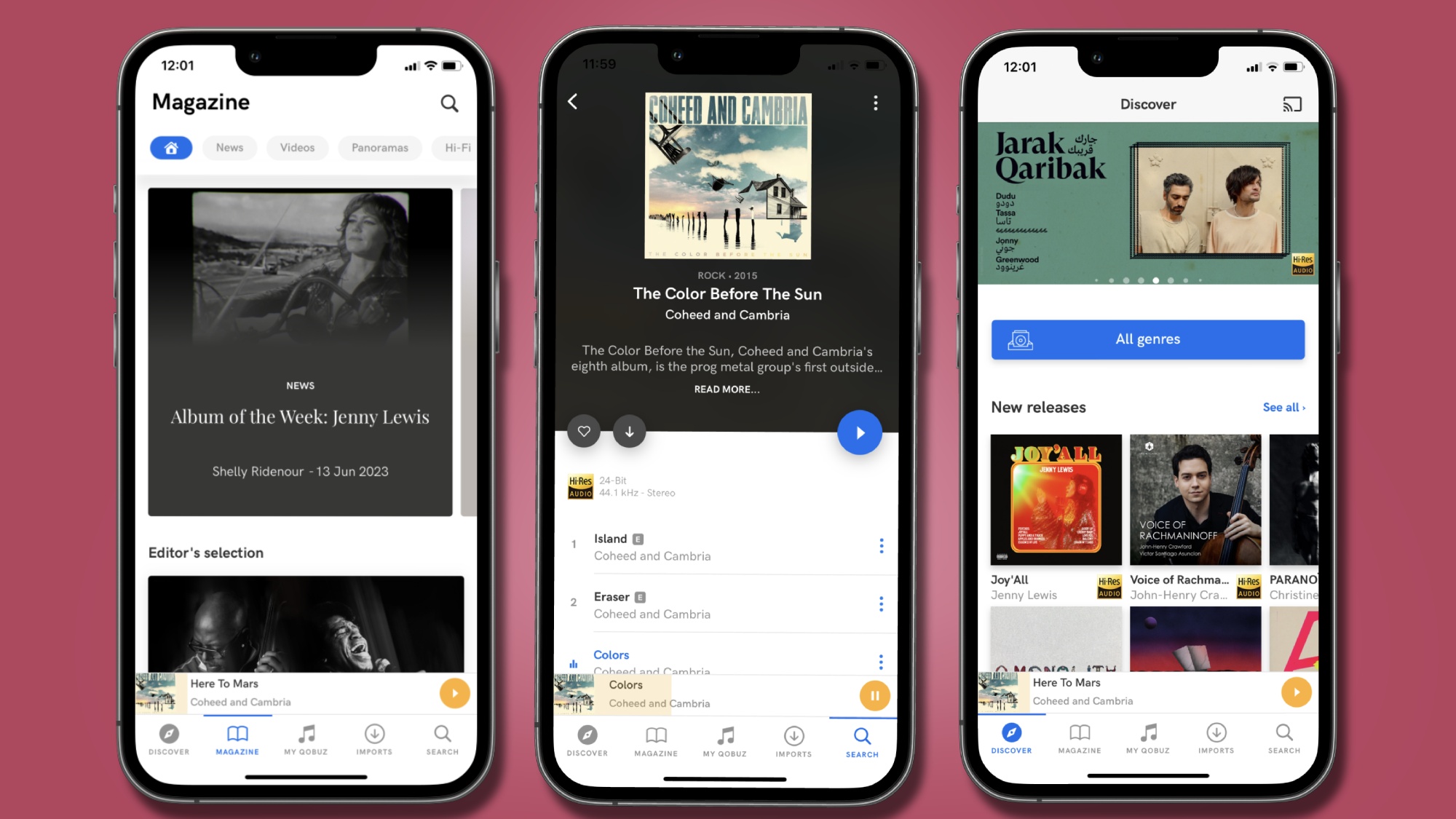
If you want the music streaming service that sounds the best, then Spotify isn’t for you. The platform has announced plans for a high-resolution audio offering, but it hasn’t launched yet. Other major services, like Amazon Music, Apple Music, Tidal, and Qobuz, offer superior sound quality. However, if you’re not an audiophile, there’s a chance you might not notice the subtle differences between these offerings. But most of us can agree that Tidal and Qobuz offer the best sound quality, depending on what you’re looking for.
Qobuz is the best option for high-resolution streaming, having abandoned MP3s years ago to focus on lossless audio. It has a big library of high-resolution tracks, offering FLAC 24-bit up to 192 kHz – better than CD quality. Qobuz transparently displays the audio resolution of its tracks with clear labels and provides access to its high-res store even to non-subscribers. Its user interface and recommendations may not match its competitors, but Qobuz has some unique features, like artist interviews and news articles.
Tidal recently changed its pricing plans. Its standard subscription now includes 24-bit, 192 kHz HiRes FLAC audio and immersive audio formats like Dolby Atmos and Sony 360 Reality Audio. If you’re seeking a ‘Spotify for audiophiles,’ Tidal is an excellent choice. It combines high-resolution audio with a user-friendly interface and robust music discovery features.
3. Prime member? Try Amazon Music Unlimited
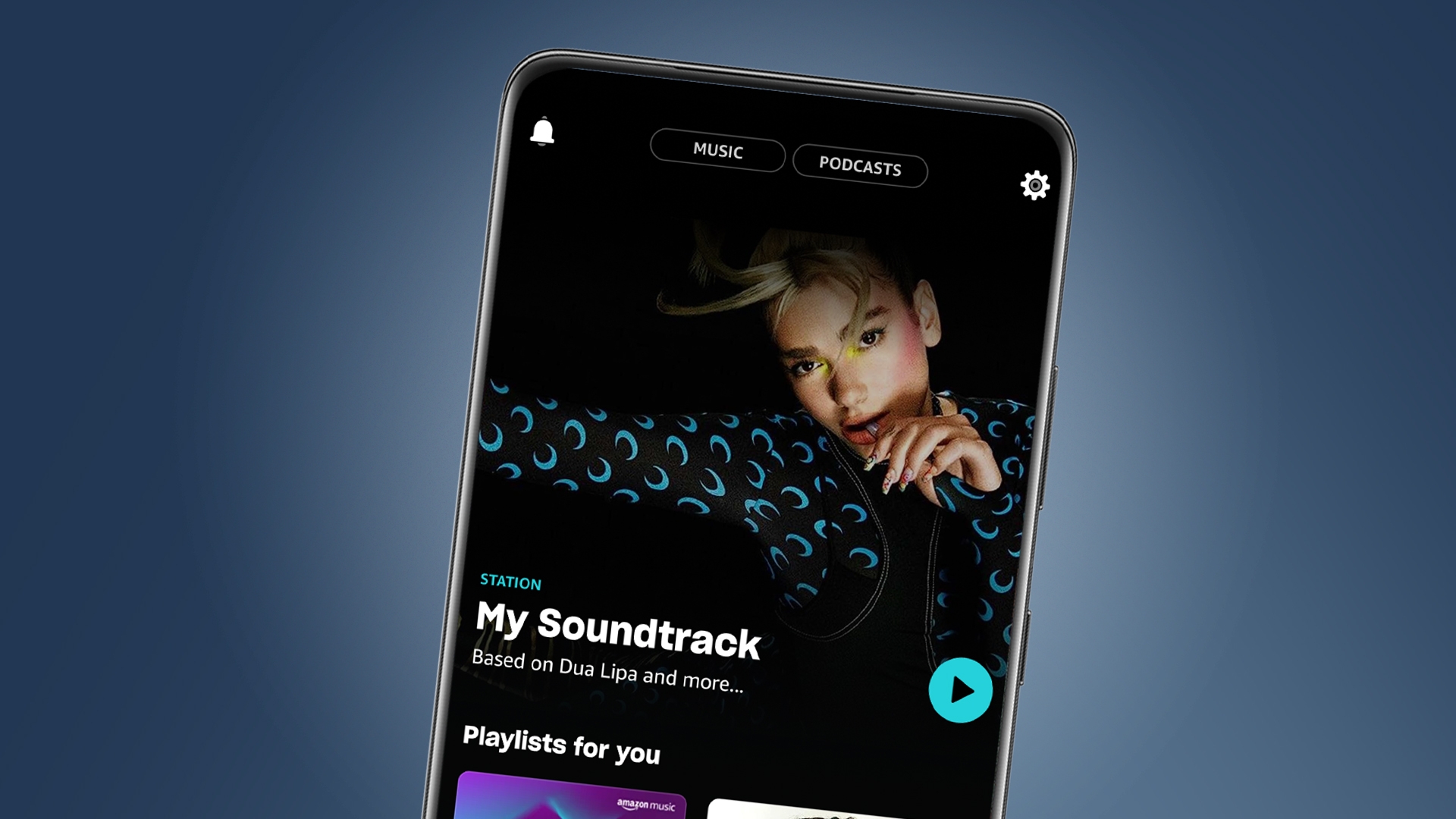
If you’re an Amazon Prime member, you may not realize that Amazon Music Prime is included in your subscription. This limited music streaming service offers ad-free streaming of more than 2 million songs, along with a curated selection of playlists and radio stations. If you’re on a budget and already subscribe to Prime, this could be a cost-effective music streaming option for you.
Amazon Music Unlimited is different. This is Amazon’s premium music subscription service and it removes all of the restrictions found in Amazon Music Prime, providing you with access to more than 100 million tracks, including lossless FLAC audio with quality up to 24-bit/192kHz. While Amazon Music Unlimited requires an additional monthly subscription fee, Prime members receive a discount, reducing the cost to $9.99 / £9.99 / AU$11.99 per month, which is cheaper than most other premium music services.
4. There are several ‘free’ options to consider
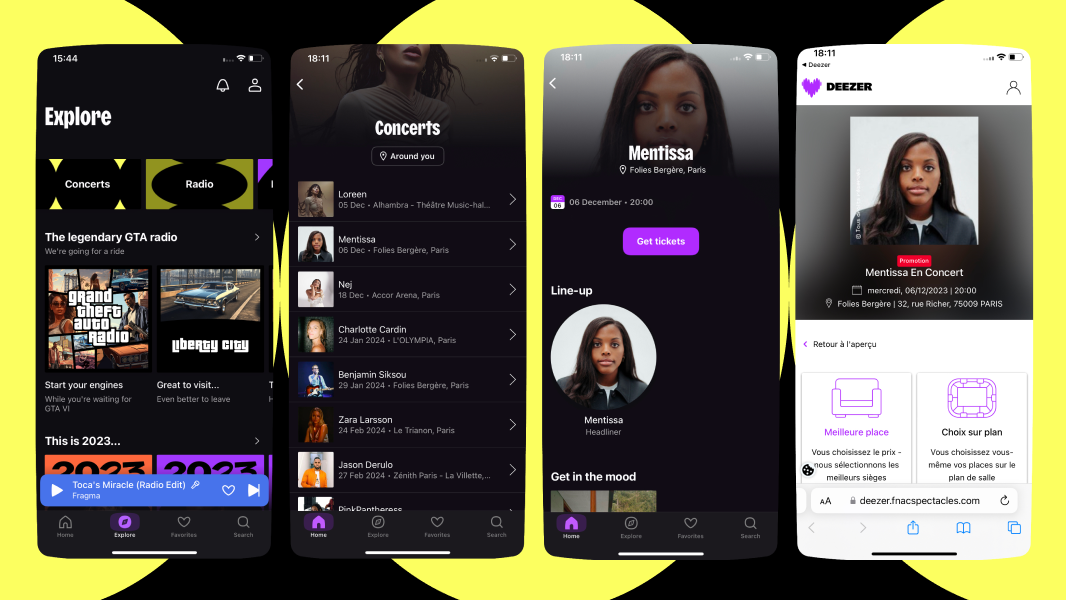
You have several options if you want to try one of the best music streaming services for free. I recommend Spotify’s free tier. You can create playlists, listen to tracks and get recommendations. Yes, there are all sorts of restrictions compared to the premium tier. You can only shuffle most playlists and albums rather than play specific tracks, and you’ll also need to listen to lots of ads. But considering it’s free, it’s a solid option.
Deezer’s free tier is another option worth considering, featuring a similar setup to Spotify. You can access Deezer’s extensive library in shuffle mode, build your own collection of tracks and playlists, and explore the service’s signature recommendation feature, Flow. Like Spotify, this tier is ad-supported.
Or you can take advantage of free trials offered by other services. Tidal offers a 30-day trial that I highly recommend considering if you’re curious whether higher-quality audio is a must-have for you. Keep in mind, though, that these trials are temporary.
5. Love Apple? Choose Apple Music
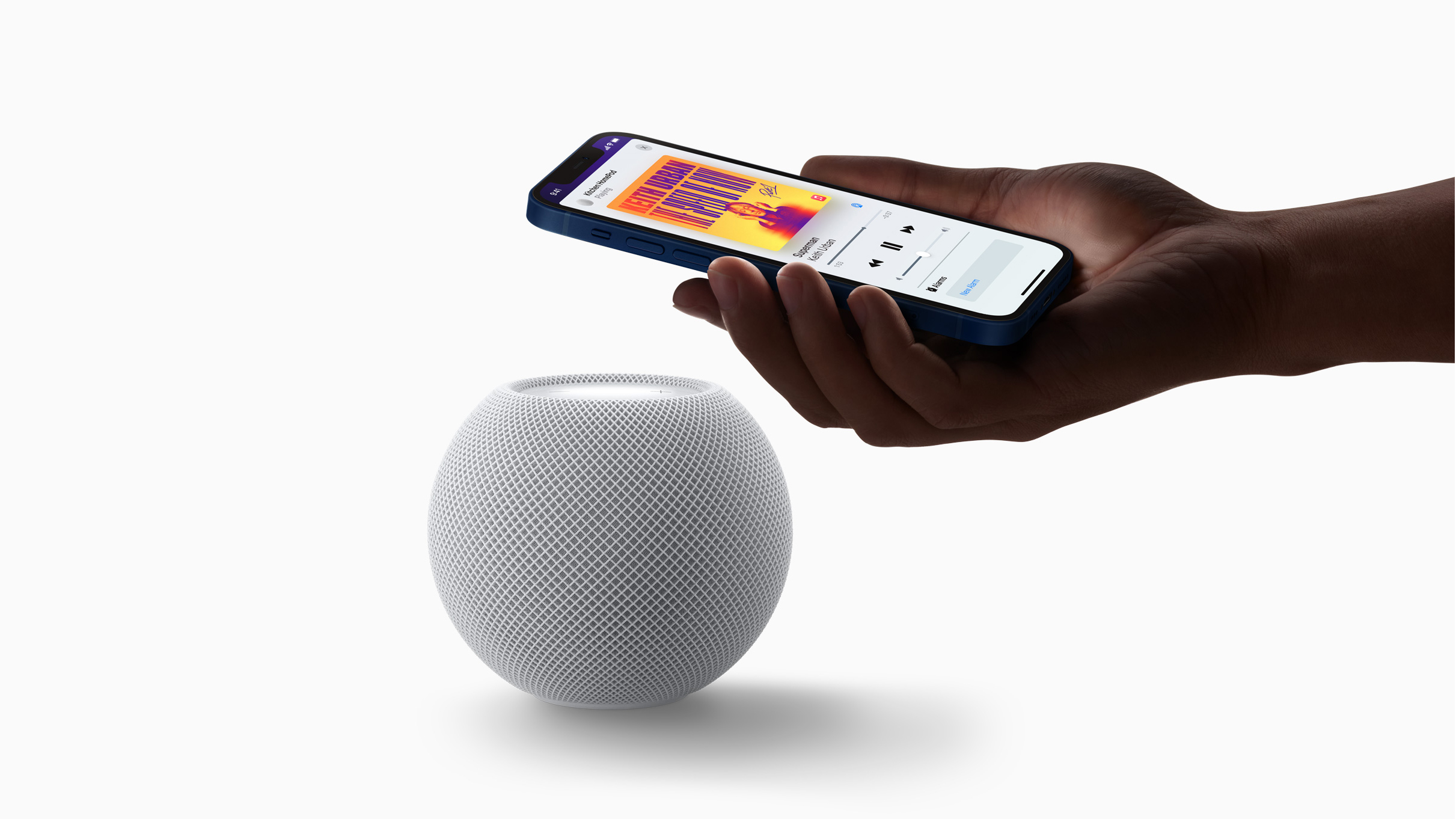
Apple Music has a similar design to other streaming service apps like Tidal, but it also has a distinctly “Apple” look and feel. So, if you appreciate a clean and streamlined aesthetic, Apple Music might be your top choice. Often, it’s not just about the audio quality or advanced features when it comes to picking the best music streaming service; many of us want an easy and seamless experience.
This is especially true for big Apple fans. As you might expect, Apple Music integrates well with other Apple products and services, including the Apple HomePod. Which means you can easily play Apple Music tracks using voice commands.
Beyond its excellent integration and clean design, Apple Music might seem similar to other services. However, it does stand out in several key areas. Apple Music delivers better audio quality than Spotify and offers the same extensive library. Additionally, if you have a digital music library, you can integrate it with Apple Music. And, while its recommendations may not quite match Spotify’s, they’re still fun and accurate.
6. Save money on audiobooks with Spotify
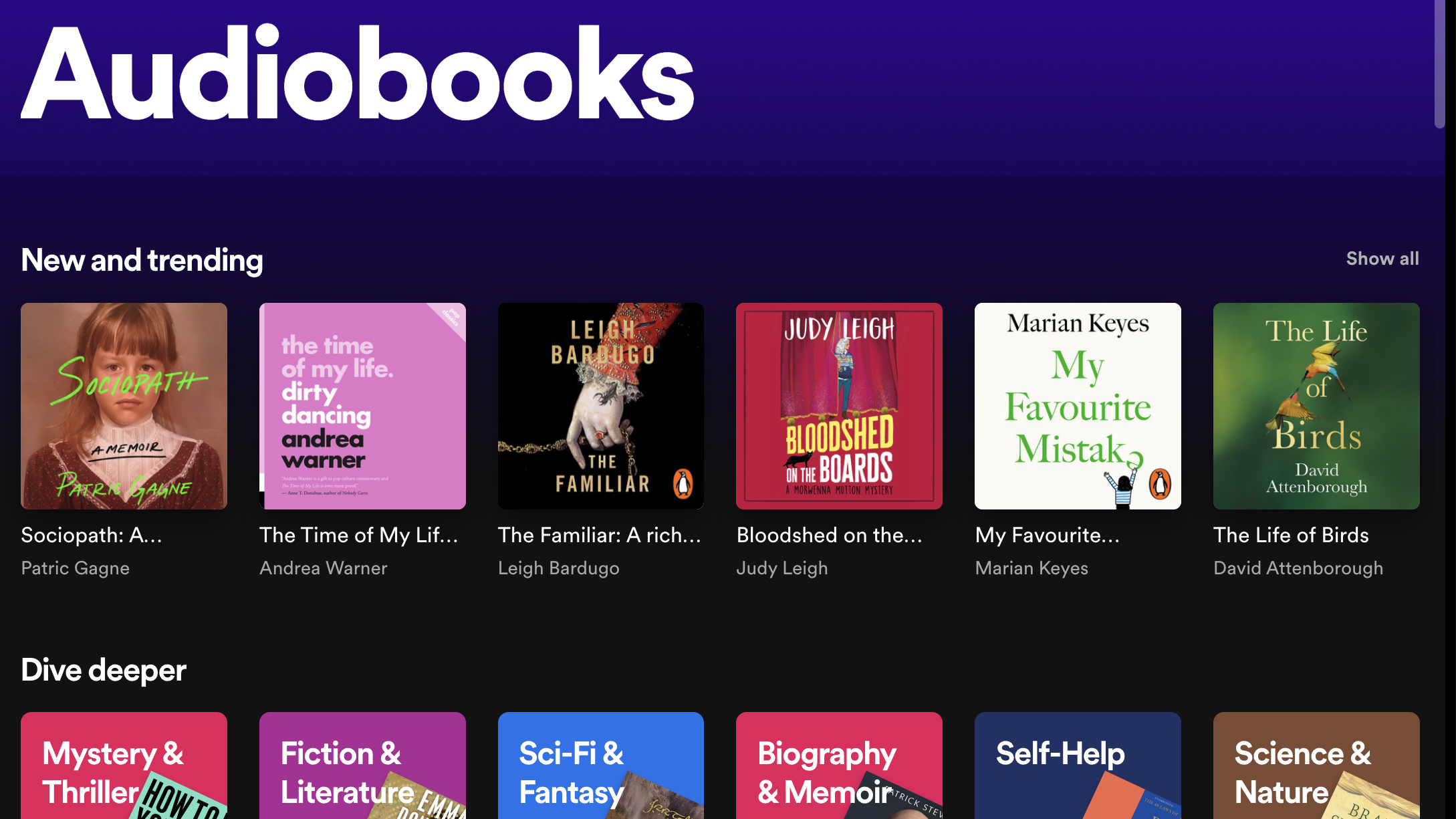
Spotify has quickly become a one-stop destination for all things audio. It’s always offered a vast selection of music, but now the music streaming service is home to more than 5 million top podcasts. While some competitors provide access to exclusive podcasts, they can’t match Spotify’s extensive library.
In addition to music and podcasts, Spotify includes access to 200,000 audiobooks with its premium tier. If you haven’t looked at which titles are on offer, I recommend that you do. I was surprised that so many quality books were available at no extra cost, like Neil Gaiman’s back catalogue. But even if you’re not a fantasy nerd like me, there are plenty of excellent titles. While some users may prefer dedicated podcast or audiobook apps, Spotify’s library could simplify your digital life and save you money.
7. Choosing the right music streaming service comes down to your personal preference

All of the best music streaming services offer streamlined experiences, great features and access to huge libraries of music, which means you can’t really go wrong. Maybe you have a lot of Apple products or just love the design of Tidal, follow that instinct. What’s more, if you have a specific need, like hi-res audio, you’ll want Qobuz; or if you’ve got an Amazon Prime subscription and a small budget, try Amazon Music Unlimited. No specific needs? Spotify is a good choice and won’t disappoint you.



